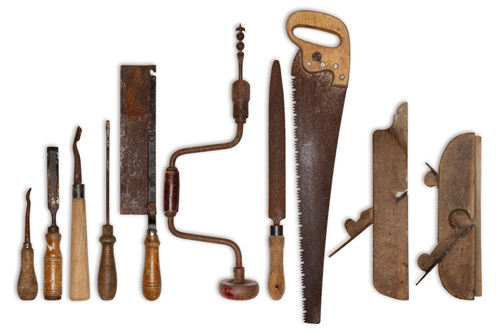Forming a Union for All Carpenters

The 36 delegates who gathered in Chicago on August 12, 1881, had no idea that their decision to form a union for carpenters would be remembered or celebrated 140 years later.
Members of their local unions had weathered six long years of brutal economic times. Those who had come before them had organized in their cities and towns, only to fail to hold the gains they made when employers, technology and hard times conquered their individual efforts.
The delegates to our union’s first convention knew they had to make one union across the U.S. and Canada, and hold it together, to last for the long term.
Their convention resolutions told the story. They vowed to fight for “shorter hours of labor, in order that labor-saving machinery may not be so extensively employed in reducing the compensation due to skilled labor.”
The delegates called for equal wages whether work occurred in summer or winter.
They settled their political differences by resolving to support candidates who would best represent workers—regardless of party.
Founding General Secretary Peter J. McGuire was allotted a salary of $15 a week to continue what he and his co-founders had started, organizing carpenter-to-carpenter. The delegates agreed to continue publishing the magazine, The Carpenter, that McGuire had already begun, to bring their message to carpenters.
And the delegates instructed McGuire to “enter into relations with the carpenters in Canada, to bring them within our fold.” The first Canadian UBC locals were established in 1882.
McGuire had sent out some 500 letters in the spring of 1881, urging the establishment of one union for carpenters. The founding convention was called after 62 local unions with a membership of 18,000 pledged support.
As McGuire wrote in the first edition of The Carpenter:
“In the present age there is no hope for working men outside of organization. Without a trade union, the workman meets the employer at a great disadvantage.”
McGuire took his fiery passion for organizing to tens of thousands of carpenters—and became known as the father of the Labor Day holiday—while leading the charge to build our United Brotherhood of Carpenters and Joiners of America.